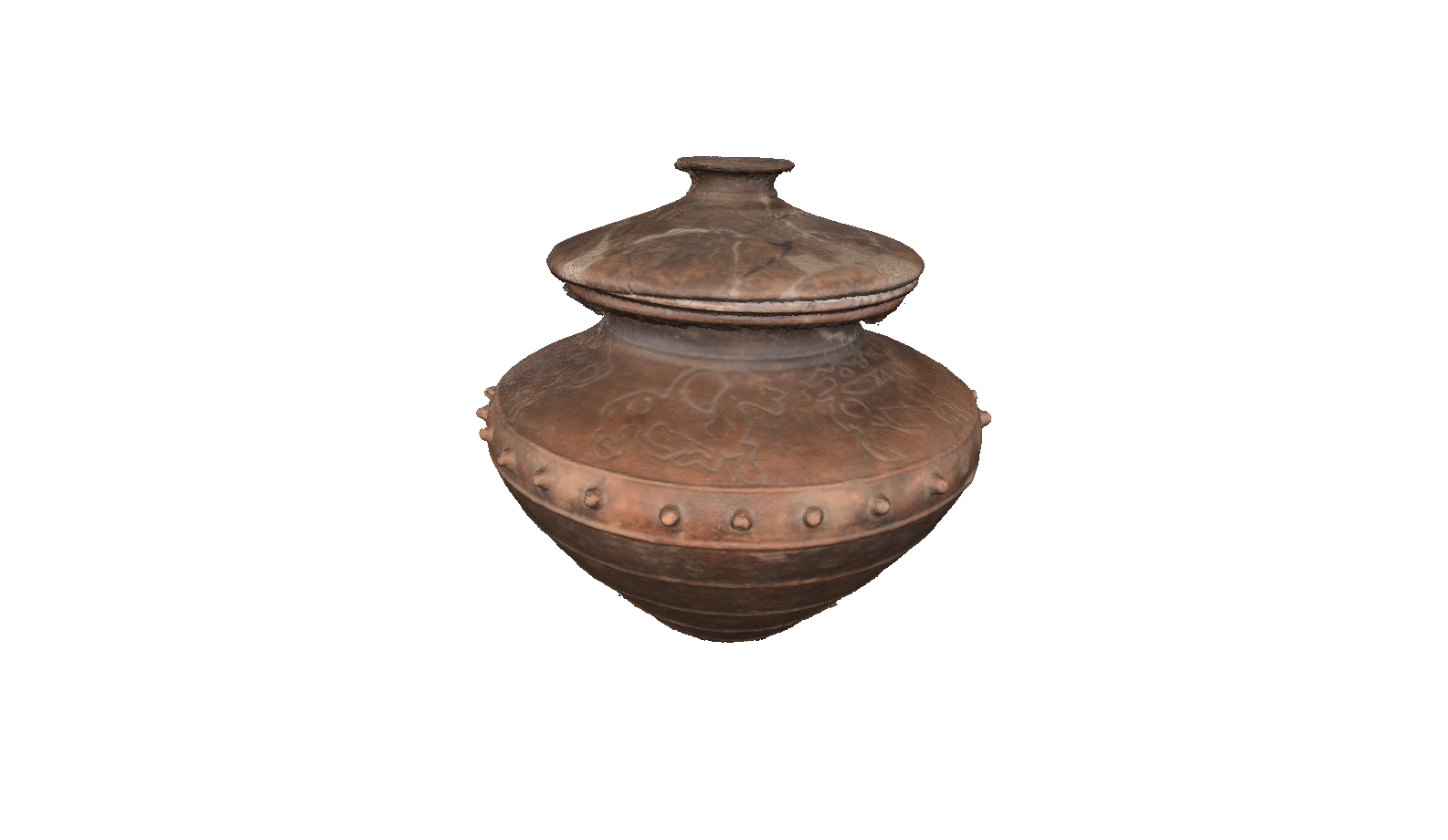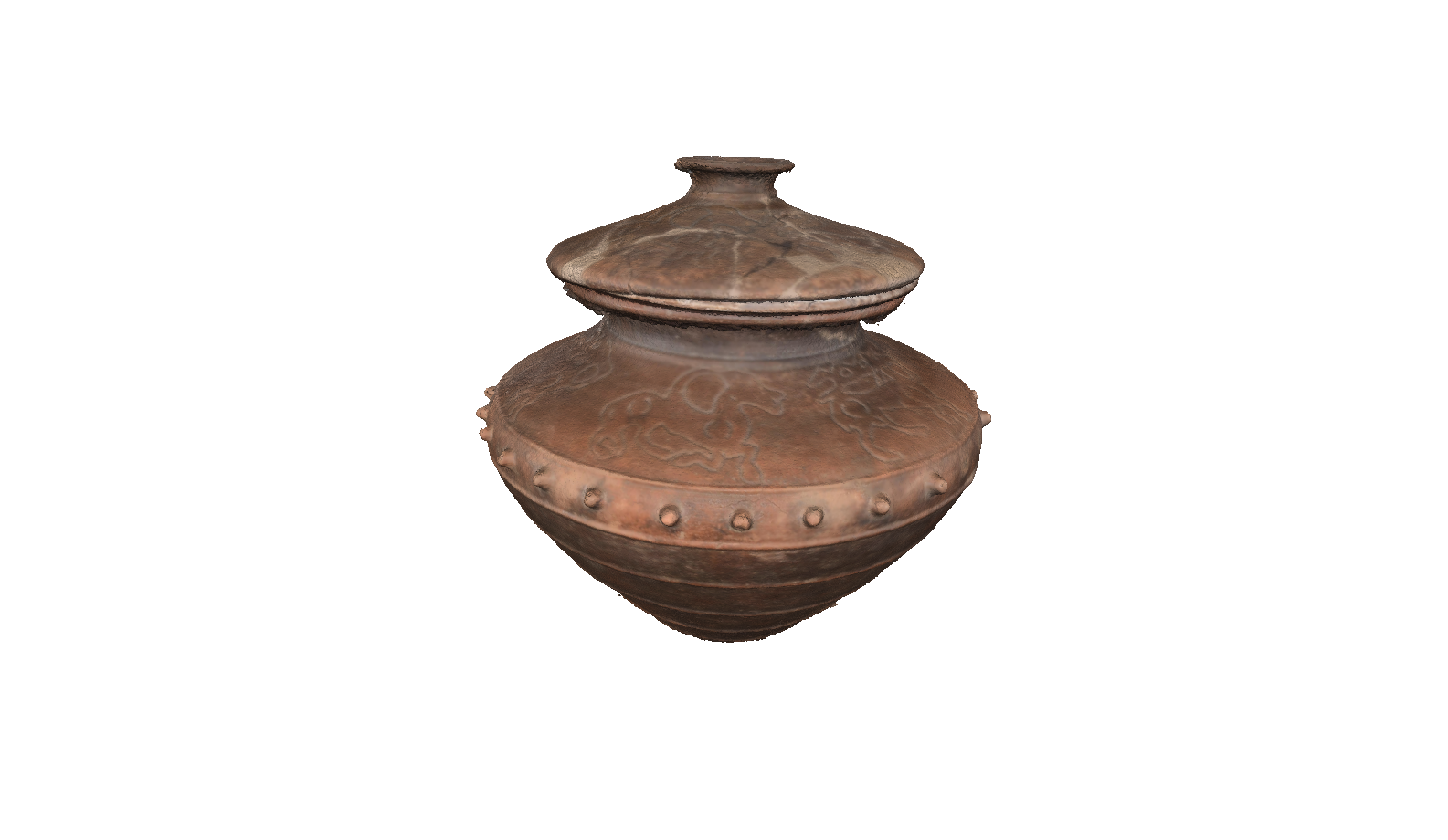Description
Click on the image to go full screen
This object belonged to a very rich grave set, discovered in 1910 in the Merchior Garden in Vicolo Ognissanti (today's Via Tiepolo) in Padua. The area was known to be the site of an important pre-Roman necropolis and excavations were conducted by the then director of the Museum, Moschetti, and the curator Cordenons. The entirety of the finds, attributed to a single tomb - T46 - was then acquired by a private, Giuseppe Sinigaglia, to be studied and exhibited in the Museum.
The grave goods count many pieces, all of very high quality, indicating a prestigious commission. On the basis of the bronzes found, it was possible to date them to the first half of the 6th century B.C.; the choice of this material is due to the fact that bronzes are found in many other contexts and through comparisons between different areas and periods it is possible to better reconstruct when the individual tomb was dated, while typical local objects such as ceramics have no external comparisons and therefore help much less.
This olla with ossuary function is an imitation in terracotta of Central European and Etruscan bronze vases, as shown by the protrusions on the shoulder that recall nails, and it is unicum in the Paduan context. The upper part of the vase and the lid are engraved with alternating figures of deer and winged lions; these subjects are very rare on ceramics but again recall the figurative decoration typical of situlae (bronze vases).

